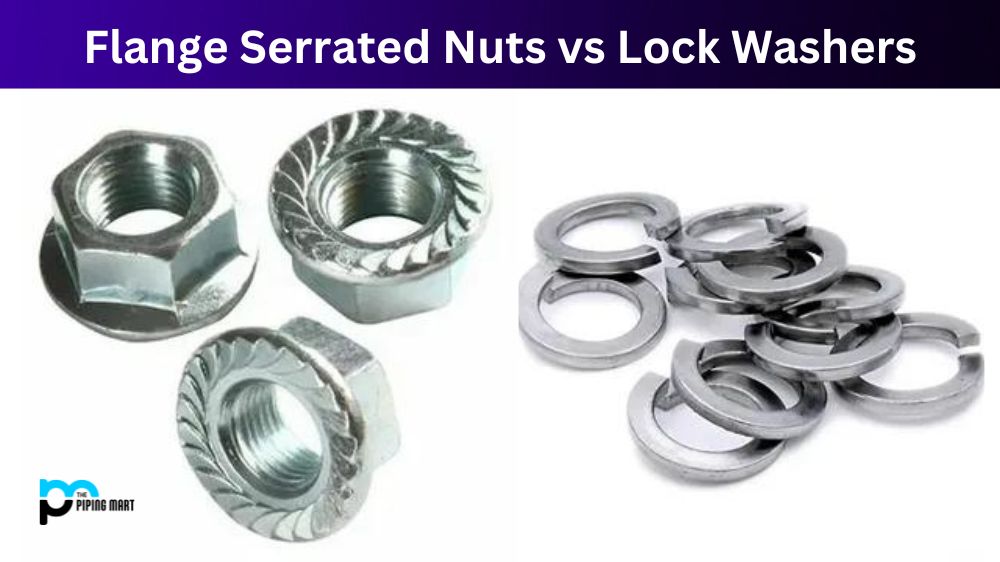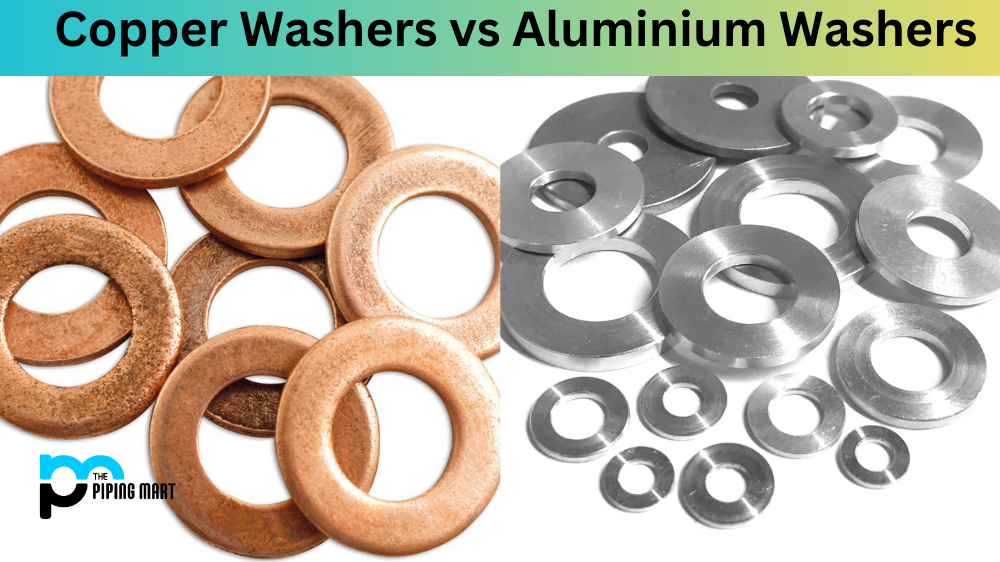When it comes to fasteners, there are a lot of options available. Flange serrated nuts and lock washers are two common options that are used in a variety of industries. Both have advantages and disadvantages and choosing the right one for your application is important. In this blog post, we will compare flange serrated nuts and lock washers, examining the differences in design, performance, mechanism, and component. By the end of this post, you will have a clear idea of which option is right for you.
What is Flange Serrated Nuts?
Flange serrated nuts are a type of threaded fastener used to secure two or more objects together. They feature an integral flange at one end, which provides additional surface area for the gripping action and helps prevent loosening due to vibration or other forces. The serrations on the surface of the nut allow them to be tightened using a socket wrench or pliers instead of needing a spanner. They also provide excellent corrosion resistance and superior tensile strength compared to traditional nuts.
What is Lock Washer?
A lock washer is a fastener used to keep two surfaces together. It provides extra friction and tension between the two parts, creating an enhanced grip that ensures they remain attached. Lock washers come in various shapes and sizes, including the split-ring, star-lock, helical spring, tabbed washer and wave washer. They can be made from metal or plastic, making them reliable for indoor and outdoor applications.
Difference Between Flange Serrated Nuts and Lock Washer
Design and Performance:
Flange serrated nuts are designed to provide a locking mechanism. The serrations on the nut flange grip the material’s surface, helping prevent the nut from loosening over time. This design makes flange serrated wild ideal for applications that involve vibration or movement.
Lock washers, on the other hand, are designed to provide a preload tension to the bolted joint, which helps to maintain the clamping force. The lock washer flattens and creates friction between the bolt head and nut when subjected to load. This helps prevent the fastener’s loosening and maintain the joint’s preload.
Regarding performance, flange serrated nuts are generally more effective in preventing loosening due to vibration and are commonly used in automotive applications. On the other hand, lock washers are effective in maintaining preload tension in bolted joints that experience shock loading.
Mechanism:
The mechanism of flange serrated nuts relies on the serrations providing a grip on the material surface. The serrations create friction that helps to prevent the nut from loosening. In comparison, the mechanism of lock washers relies on compression. The washer is compressed between the nut and bolt head, creating friction and preventing the fastener from loosening.
Component:
Flange serrated nuts are a single component that consists of a flange with serrations and a threaded hole. They are easy to install and reduce the number of components in an assembly.
Lock washers are a separate component that is added to the fastening system. They are available in different materials, including spring steel, Belleville, and wave washers. The choice of the lock washer depends on the specific application and load requirements.
Cost:
Regarding the individual component cost, Flange serrated nuts are less expensive than lock washers. However, when it comes to assembly, flange serrated nuts require careful installation to ensure proper engagement. Lock washers require additional components, which increases the overall assembly cost.
Conclusion:
In conclusion, choosing between flange serrated nuts and lock washers ultimately comes down to the specific application requirements. Flange serrated nuts prevent loosening due to vibration, while lock washers effectively maintain preload tension. Both have advantages and disadvantages in design, performance, and cost. Understanding these differences can help you make an informed decision and choose the right option for your application.

Pipingmart is a B2B portal that specializes in metal, industrial and piping items. Additionally, we share the latest information and information about materials, products and various types of grades to assist businesses that are involved in this business.




